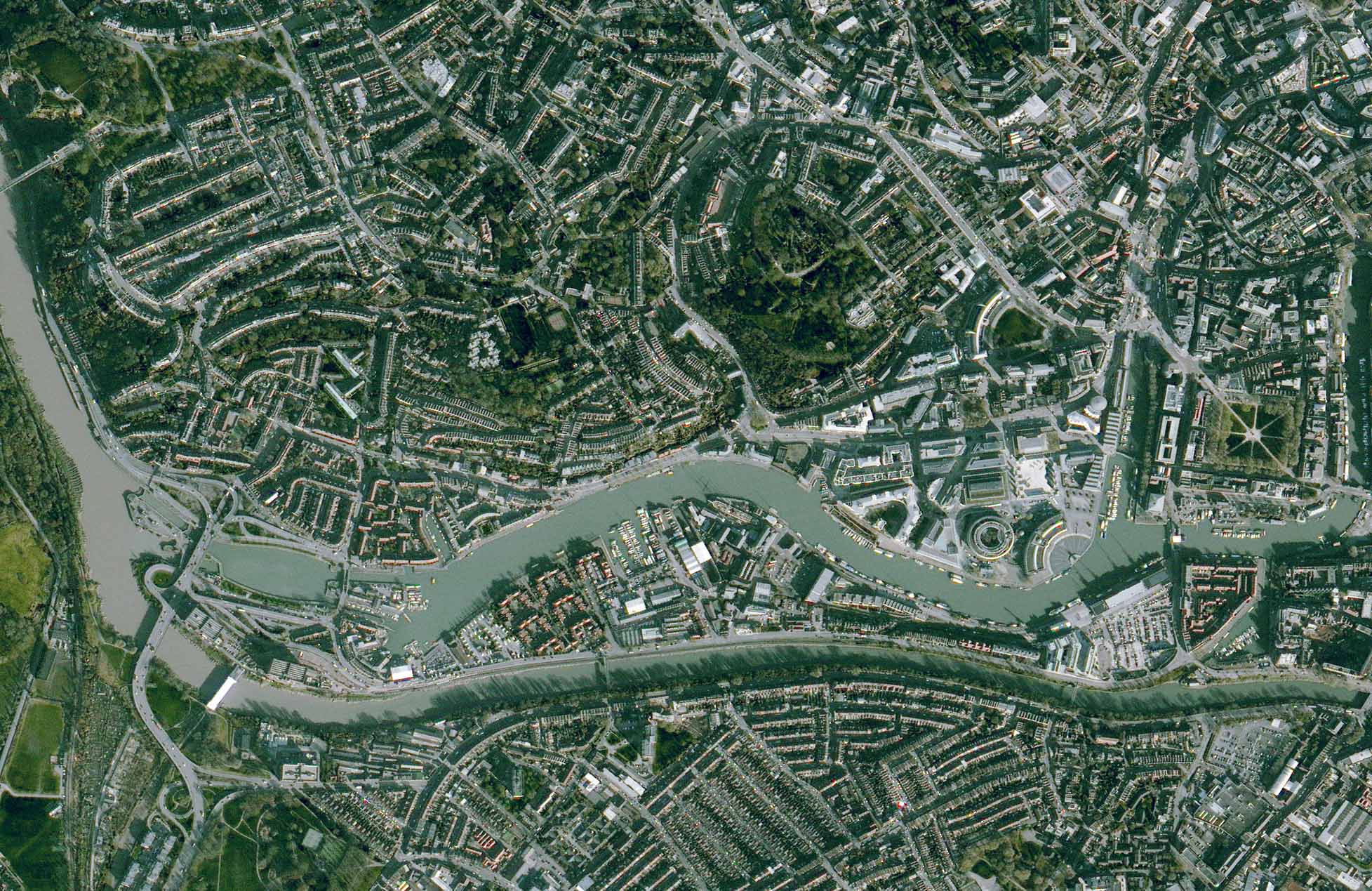A British satellite company has announced its intention to launch a commercial constellation of Earth observation satellites offering both video and imagery - and the first in the world to provide full-colour video footage.
A prototype spacecraft for testing will go into orbit later this year with a further five platforms planned to follow in 2019.
Earth-i, based in Guildford, Surrey, says its train of satellites will deliver rapid, high-resolution imagery of the planet which, at best resolution, will see features just under a metre across.
The company, already well-established in the processing and selling of space imagery to a wide customer base, announced the move to begin operating its own satellites on the opening day of the biennial UK Space Conference (UKSC) in Manchester.
It says the full colour video could be used to track moving objects - such as cars and other vehicles - or, if the scene is held fixed on a specific point, it would enable 3D models of the ground to be constructed.
Until now extracting value from EO data has been the preserve of governments and some larger corporations.
Earth-i is now at the forefront of an era known as NewSpace, driven by commercial organisations that want to improve investment and trading decisions, monitor and track their assets more cost-effectively, track change or activity in critical locations - and predict future events with more certainty.
The first R&D satellite will be used to test performance and confirm capabilities for the future constellation, including tasking, data downlinks to ground stations, and image quality and video from space.
Earth-i CEO Richard Blain describes his business as “well-funded, capable and confident”, and says it is following a different route to counterparts in the US counterparts.
“We have designed and developed our constellation for organisations that need to strike a different balance between the cost of acquiring data from space, and access to sufficiently high-resolution of quality images and video to enable the detailed analysis that will help to further improve their own performance and capabilities,” he told ROOM.











